Back to Courses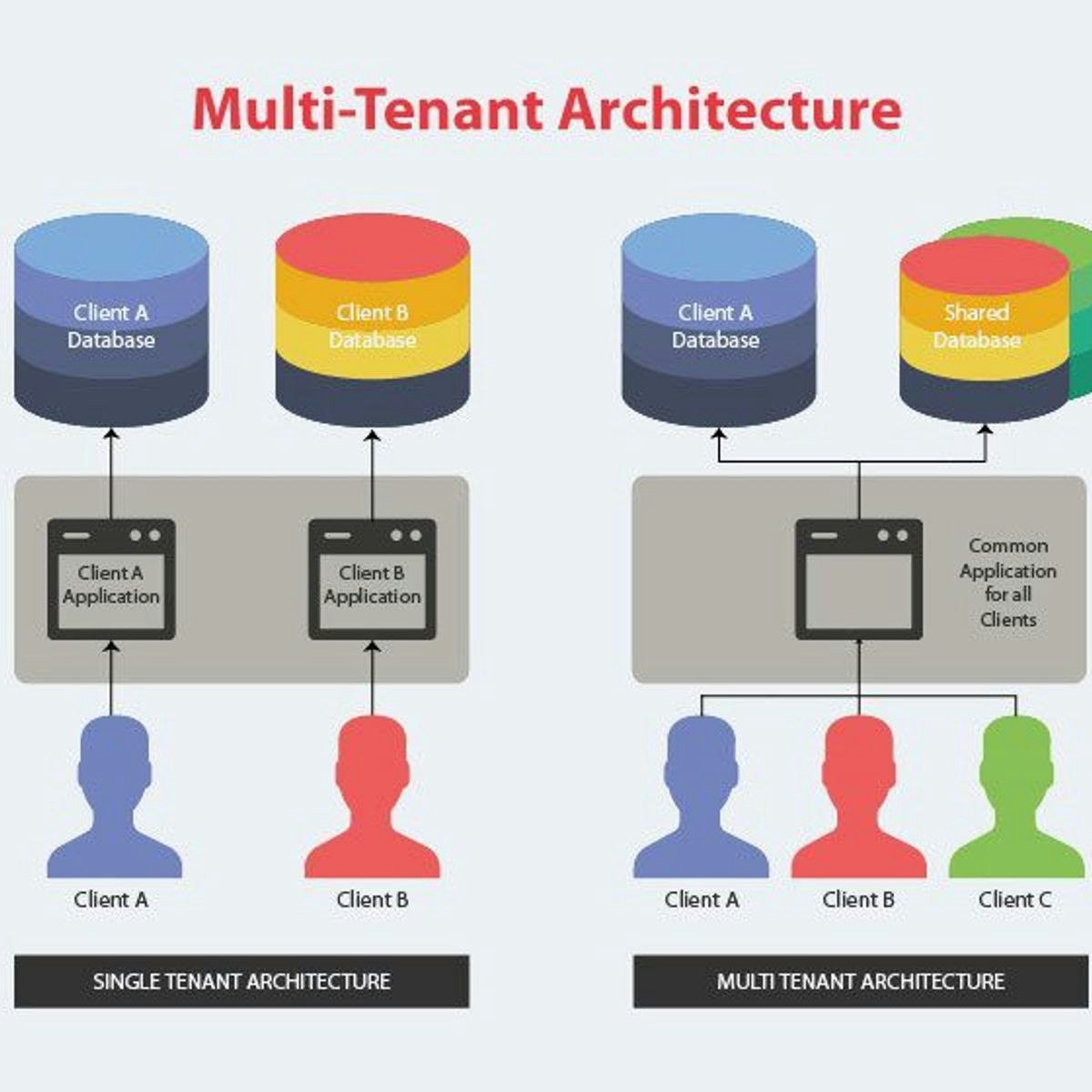

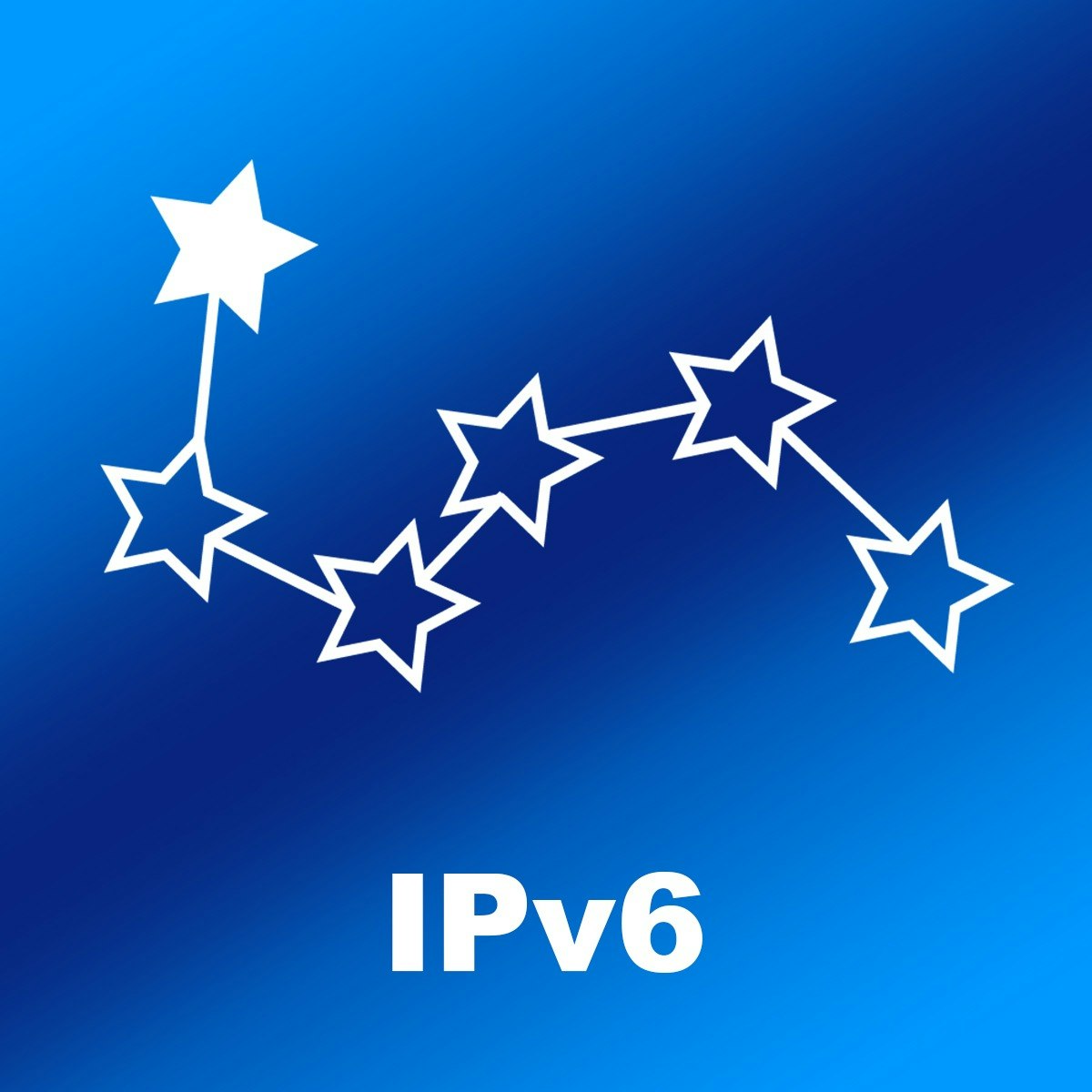

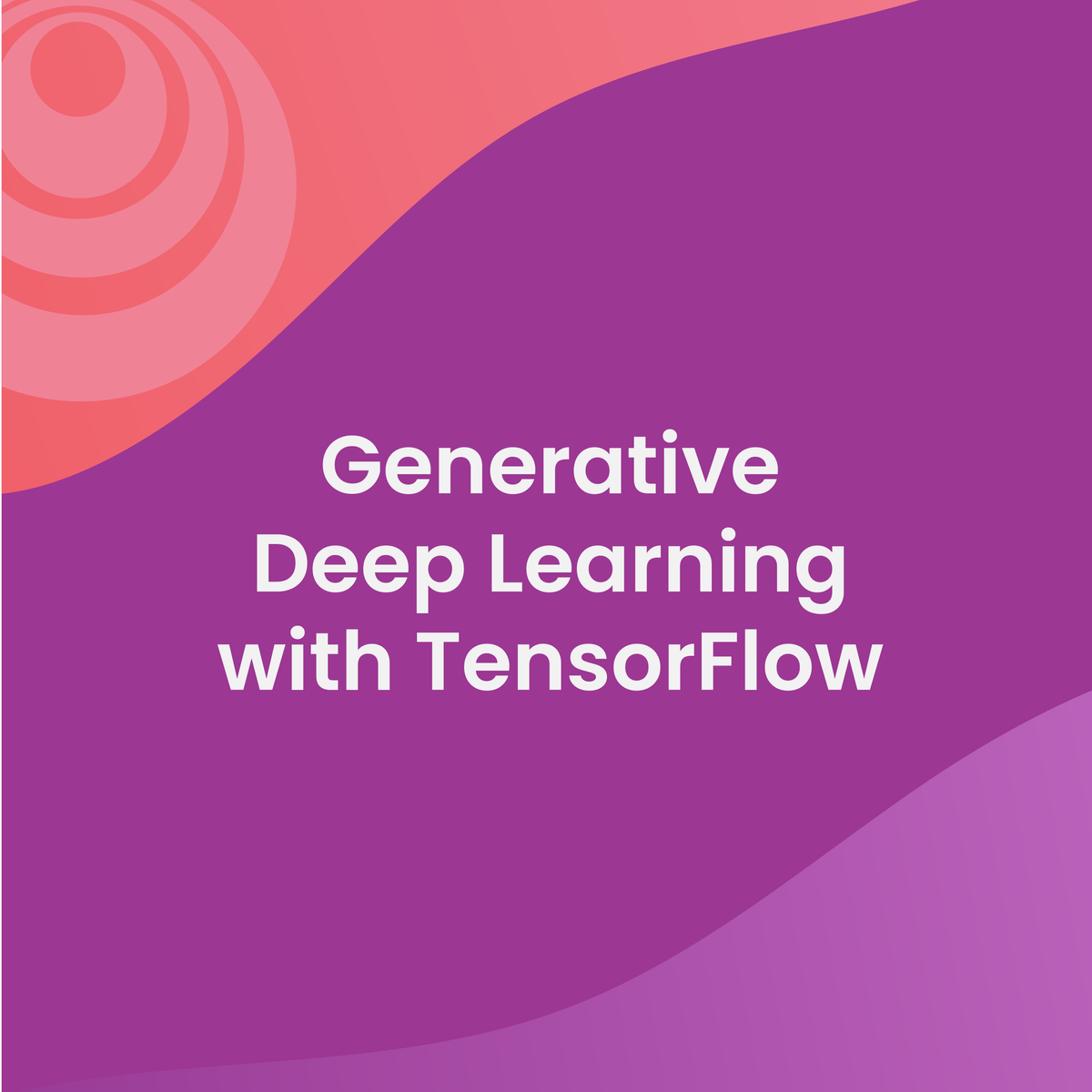
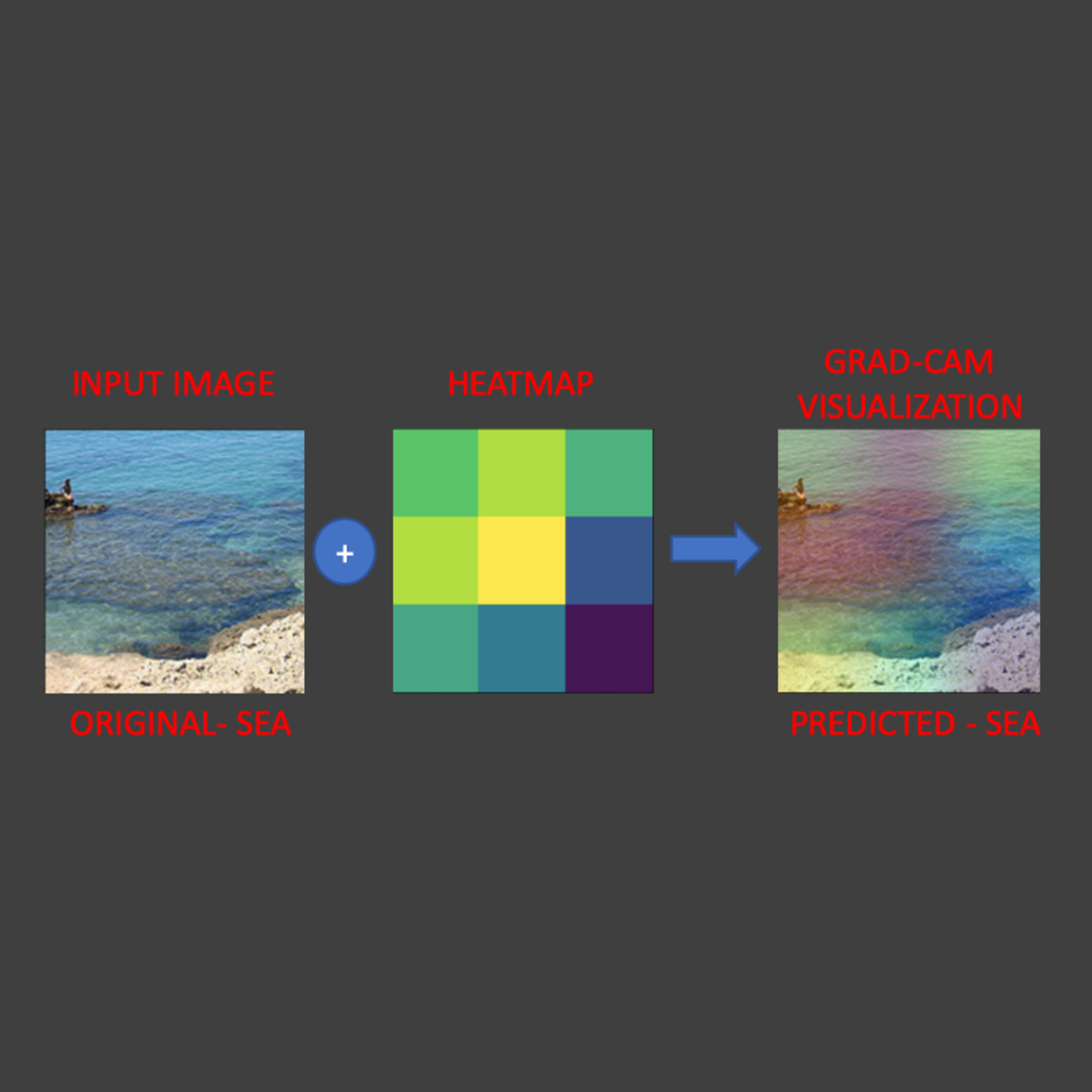


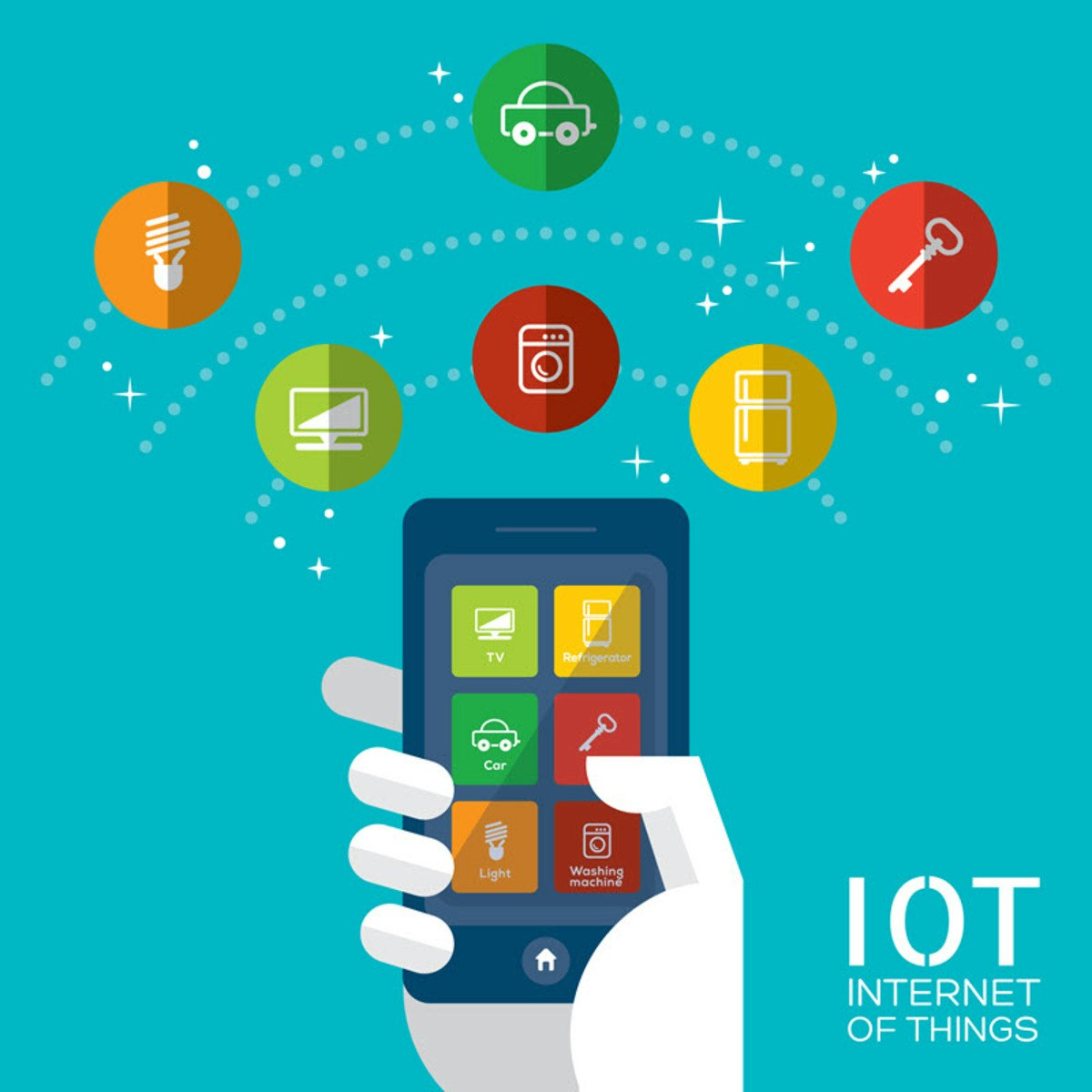

Computer Science Courses - Page 205
Showing results 2041-2050 of 2309

How to Implement Multitenancy in Django
In this 1-hour 30 minutes long project-based course, you will learn how to implement multitenancy in Django.
You will learn about multitenancy and postgresql database. You will also learn to create a multitenant API in Django and finally learn how to test multitenant architecture using postman tool.
For this project, You should have basic knowledge of Django and creating simple API in Django. you should also know about how to use postman tool to test API.
Note: This course works best for learners who are based in the North America region. We’re currently working on providing the same experience in other regions.

Integrating BigQuery ML with Dialogflow ES Chatbot
This is a self-paced lab that takes place in the Google Cloud console. In this lab you will train a simple machine learning model for predicting helpdesk response time using BigQuery Machine Learning.

Getting Started with IPv6
In this 1 hour guided project, you will learn about IPv6 (IP address version 6). IPv6 is designed to alleviate the limitations of IPv4. As the last blocks of IPv4 addresses were assigned, the transition of the Internet to IPv6 will certainly accelerate. Get yourself ready for the future! In this guided project, you will learn the fundamentals of IPv6 including prefixes, subnetting and basic setup technique for Windows.

AWS Elastic Beanstalk: Build & Deploy a Node.js RESTful API
In this 1-hour long project-based course, you will learn how to create a Node.js RESTful API & launch it on your own server using AWS Elastic Beanstalk technology. You will be using the Express.js, or simply Express, a back end web application framework for Node.js framework to create your RESTful API & AWS desktop management console to deploy the RESTful API to the AWS servers. Additionally, you will learn more about reading the server logs, how to switch between different versions of your API applications & also, monitoring your AWS servers using Elastic Beanstalk Management Console.
Note: To avoid distraction for set up during the course, we would recommend that you create an Amazon AWS account beforehand. Amazon AWS provides a free tier option for 1 year & the course materials will utilize services that fall under the free tier option.

Generative Deep Learning with TensorFlow
In this course, you will:
a) Learn neural style transfer using transfer learning: extract the content of an image (eg. swan), and the style of a painting (eg. cubist or impressionist), and combine the content and style into a new image.
b) Build simple AutoEncoders on the familiar MNIST dataset, and more complex deep and convolutional architectures on the Fashion MNIST dataset, understand the difference in results of the DNN and CNN AutoEncoder models, identify ways to de-noise noisy images, and build a CNN AutoEncoder using TensorFlow to output a clean image from a noisy one.
c) Explore Variational AutoEncoders (VAEs) to generate entirely new data, and generate anime faces to compare them against reference images.
d) Learn about GANs; their invention, properties, architecture, and how they vary from VAEs, understand the function of the generator and the discriminator within the model, the concept of 2 training phases and the role of introduced noise, and build your own GAN that can generate faces.
The DeepLearning.AI TensorFlow: Advanced Techniques Specialization introduces the features of TensorFlow that provide learners with more control over their model architecture, and gives them the tools to create and train advanced ML models.
This Specialization is for early and mid-career software and machine learning engineers with a foundational understanding of TensorFlow who are looking to expand their knowledge and skill set by learning advanced TensorFlow features to build powerful models.

Explainable AI: Scene Classification and GradCam Visualization
In this 2 hour long hands-on project, we will train a deep learning model to predict the type of scenery in images. In addition, we are going to use a technique known as Grad-Cam to help explain how AI models think. This project could be practically used for detecting the type of scenery from the satellite images.

Interpretable machine learning applications: Part 3
In this 50 minutes long project-based course, you will learn how to apply a specific explanation technique and algorithm for predictions (classifications) being made by inherently complex machine learning models such as artificial neural networks. The explanation technique and algorithm is based on the retrieval of similar cases with those individuals for which we wish to provide explanations. Since this explanation technique is model agnostic and treats the predictions model as a 'black-box', the guided project can be useful for decision makers within business environments, e.g., loan officers at a bank, and public organizations interested in using trusted machine learning applications for automating, or informing, decision making processes.
The main learning objectives are as follows:
Learning objective 1: You will be able to define, train and evaluate an artificial neural network (Sequential model) based classifier by using keras as API for TensorFlow. The pediction model will be trained and tested with the HELOC dataset for approved and rejected mortgage applications.
Learning objective 2: You will be able to generate explanations based on similar profiles for a mortgage applicant predicted either as of "Good" or "Bad" risk performance.
Learning objective 3: you will be able to generate contrastive explanations based on feature and pertinent negative values, i.e., what an applicant should change in order to turn a "rejected" application to an "approved" one.

Everyday Excel, Part 3 (Projects)
"Everyday Excel, Part 3 (Projects)" is a continuation of "Everyday Excel, Parts 1 and 2". It is a capstone, projects-based course in which you will apply what you've learned previously to more complex, somewhat open-ended projects (open-ended with respect to the fact that they can be solved in multiple ways).
Each learner must complete 3"warm-up" projects (chosen from 3), 3 intermediate projects (chosen from 6), and 3 main (more difficult) projects (chosen from 5). The projects have been created to span a wide range of interests and topic areas and are anticipated to appeal to diverse learner backgrounds.
It is hoped that this project-based courses will dramatically reinforce the application of Excel tools, techniques, and functions to real-world projects.

Programming for the Internet of Things Project
In this Capstone course, you will design a microcontroller-based embedded system. As an option, you can also build and test a system. The focus of your project will be to design the system so that it can be built on a low-cost budget for a real-world application. To complete this project you'll need to use all the skills you've learned in the course (programming microcontrollers, system design, interfacing, etc.). The project will include some core requirements, but leave room for your creativity in how you approach the project. In the end, you will produce a unique final project, suitable for showcasing to future potential employers.
Note that for the three required assignments you do NOT need to purchase software and hardware to complete this course. There is an optional fourth assignment for students who wish to build and demonstrate their system using an Arduino or Raspberry Pi. Please also note that this course does not include discussion forums.
Upon completing this course, you will be able to:
1. Write a requirements specification document
2. Create a system-level design
3. Explore design options
4. Create a test plan

Foundations of User Experience (UX) Design
Foundations of User Experience (UX) Design is the first of a series of seven courses that will equip you with the skills needed to apply to entry-level jobs in user experience design. UX designers focus on the interactions that people have with products like websites, mobile apps, and physical objects. UX designers make those everyday interactions usable, enjoyable, and accessible. The role of an entry-level UX designer might include empathizing with users, defining their pain points, coming up with ideas for design solutions, creating wireframes, prototypes, and mockups, and testing designs to get feedback.
Current UX designers and researchers at Google will serve as your instructors, and you will complete hands-on activities that simulate real-world UX design scenarios.
Learners who complete the seven courses in this certificate program should be equipped to apply for entry-level jobs as UX designers. No previous experience is necessary.
By the end of this course, you will be able to:
- Define the field of UX and explain why it’s important for consumers and businesses.
- Understand foundational concepts in UX design, such as user-centered design, the design process, accessibility, and equity-focused design.
- Identify the factors that contribute to great user experience design.
- Review common job responsibilities of entry-level UX designers and teams that they work with.
- Explore job opportunities and career paths within the field of user experience.
- Explain why design sprints are an important and useful part of a UX designer’s work.
- Describe common UX research methods.
- Identify and account for biases in UX research.
